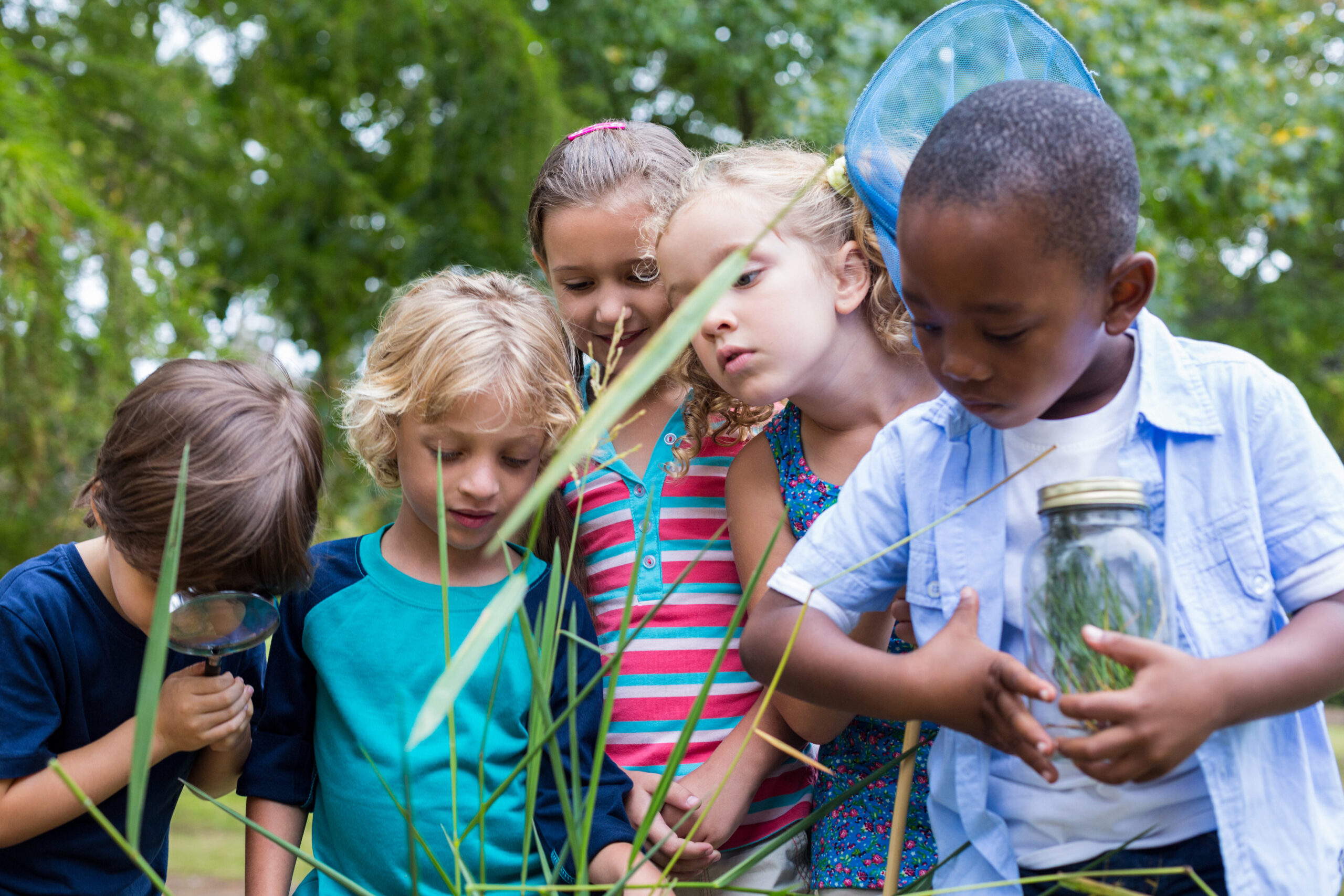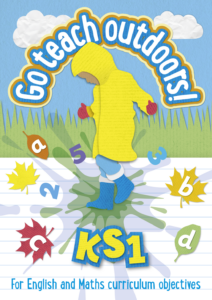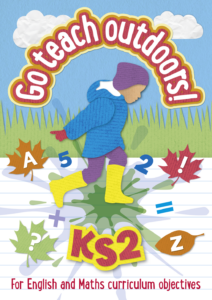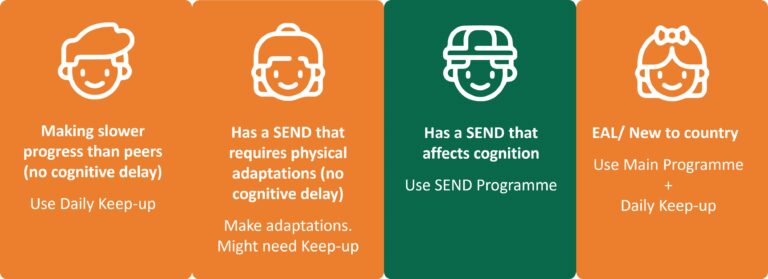Are you an innie or an outie?

The problem is most children and their teachers are innies and there’s an outdoor education deficit. According to research, we spend so much time indoors even prison inmates get more fresh air than we do and that’s just #out of order (see the report Play in Balance, 2016).
Leading sedentary indoor lives isn’t good for our learning jellies because we can go stale and it limits our experiences. The great outdoors really does oxygenate learning and makes education truly three-dimensional – it is energising, gives us the feel-good factor and makes us multi-dimensional thinkers.
The outdoor classroom develops children holistically and encourages specific areas of learning to blossom. By going outdoors different learning buttons can be pressed into action and this opens up new experiences to explore, be curious, share, laugh and learn.
We can’t really have a broad and balanced curriculum and rounded individuals by being desk-bound which is why we need to do the educational hokey cokey by going in-out, in-out and shaking it all about.
Engaging in experiences outdoors helps children to develop life skills such as confidence, perseverance, creativity, decision-making and leadership. It also leads to better behaviour, increases self-reliance and can bring about personal breakthroughs and build powerful memories for life.

Playing and learning outdoors helps children understand and respect nature, the environment and the interdependence of humans, plants and animals, as well as ecological systems.
Getting our Vitmain N is all-important because too much time indoors can leave children with nature deficit disorder. Learning outdoors also boosts serotonin levels and we are tapping into the ‘motivation molecule’ dopamine which helps children develop grit and resilience, improve their focus and achieve their goals.
Learning outside the classroom is an integral and healthy chunk of a broad, balanced and motivating curriculum, not an optional ‘extra’.
The 2017 report ‘Work on the Wild Side’, notes, we need to alter our language and see learning beyond the classroom not “as an enrichment activity, but rather an integrated part of the curriculum.”
Sir Ken Robinson, leading expert in education, creativity and human development, and Chair of the Dirt is Good Child Development Advisory Board, sees outdoor learning and active play as vital for education and he lists a handful of reasons why going out makes sense:
- Nature is a powerful resource
- Children can play through practical hands-on activities
- You can tap into children’s curiosity
- It is a social experience and children learn from working together
- Learning outdoors is fun
Outdoor learning is an opportunity for children to experience wonder and awe, have waves or surprise wash over them and feel curious.
Without regular learning beyond the cave of the classroom then children are starved of sensory experiences and new opportunities to experience things from different perspectives. To counter this malnourishment we must therefore ‘escape’ and engage in a range of creative, imaginative, physical and social experiences and foster curiosity as this is ‘the wick in the candle of learning’ (William Arthur Ward).
Out of this world

Stepping outside is a simple enough act with benefits galore, all of which are supported by crystal clear and incontestable hard evidence.
Not only does outdoor learning breathe life into the curriculum, it help children become ‘world-savvy’, manage risk, embrace challenge and gives them a sense of self-worth and personal identity. It can also
- enhance spiritual, sensory and aesthetic awareness
- increase physical and mental health
- broaden horizons
- feed environmental mindfulness
- supercharge motivation
- power enjoyment
- catapult confidence
Going outdoors doesn’t mean sliding down rainbows, going all ‘Swallows and Amazons’ or throwing ourselves into the abyss like Bear Grylls but striving for experiences that let children grow. Outdoor learning starts with the school grounds and progresses through local neighbourhoods and day excursions to adventure and residential visits. Whatever you decide to do, taking children out of their comfort zones is important as it helps them grow a few more inches personally, socially and emotionally.
Outdoor learning is a must-have and part of a ‘balanced diet’ of childhood experiences that promote children’s healthy development, well-being and positive attitudes and values.
There are pots of gold everywhere and new adventures right on the doorstep so take steps to get out as much as you can and go all out for learning beyond the classroom. We are better out than in.
This blog has been written by John Dabell; experienced teacher, former school inspector for Ofsted, project manager, writer and editor. @John_Dabell
Need ideas for teaching outside of the classroom, discover our Go Teach Outdoors series!





